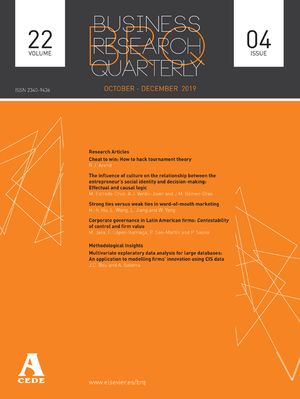Este trabajo contribuye a la comprensión de la difusión de la alta tecnología combinando las teorías existentes al respecto con el uso de la metodología value mapping. El artículo aporta un análisis empírico sobre las variables que contribuyen a rellenar los huecos de la investigación en la evaluación de los programas de difusión de alta tecnología. Con este objetivo se ha utilizado la evaluación de la iniciativa GAME del IV Programa Marco de I+D de la Comisión Europea, cuya finalidad era difundir la tecnología relativa a microelectrónica entre las empresas españolas. Utilizando un total de cien casos y empleando métodos de análisis multivariante se ha desarrollado un modelo que con dos variables compuestas contribuye a explicar y entender la difusión de la tecnología, así como su absorción y los flujos asociados a su transferencia. La metodología estadística aplicada complementa al método value mapping y proporciona una robustez en los resultados que normalmente no son proporcionados por métodos de evaluación clásicos. Esto también refuerza al método value mapping como un instrumento adecuado para evaluar proyectos de alta tecnología con ciertas modificaciones al enfoque original debido a la incertidumbre asociada a las curvas de discontinuidad tecnológica, así como a las condiciones cambiantes en las economías de escala.
Los autores agradecen a la Fundación Cotec la financiación que ha permitido la investigación y elaboración de este trabajo. También agradecen a P. Shapira, G. Kingsley y B. Bozeman sus consejos y comentarios durante la visita realizada por J. Albors a Georgia Tech en 2004.




